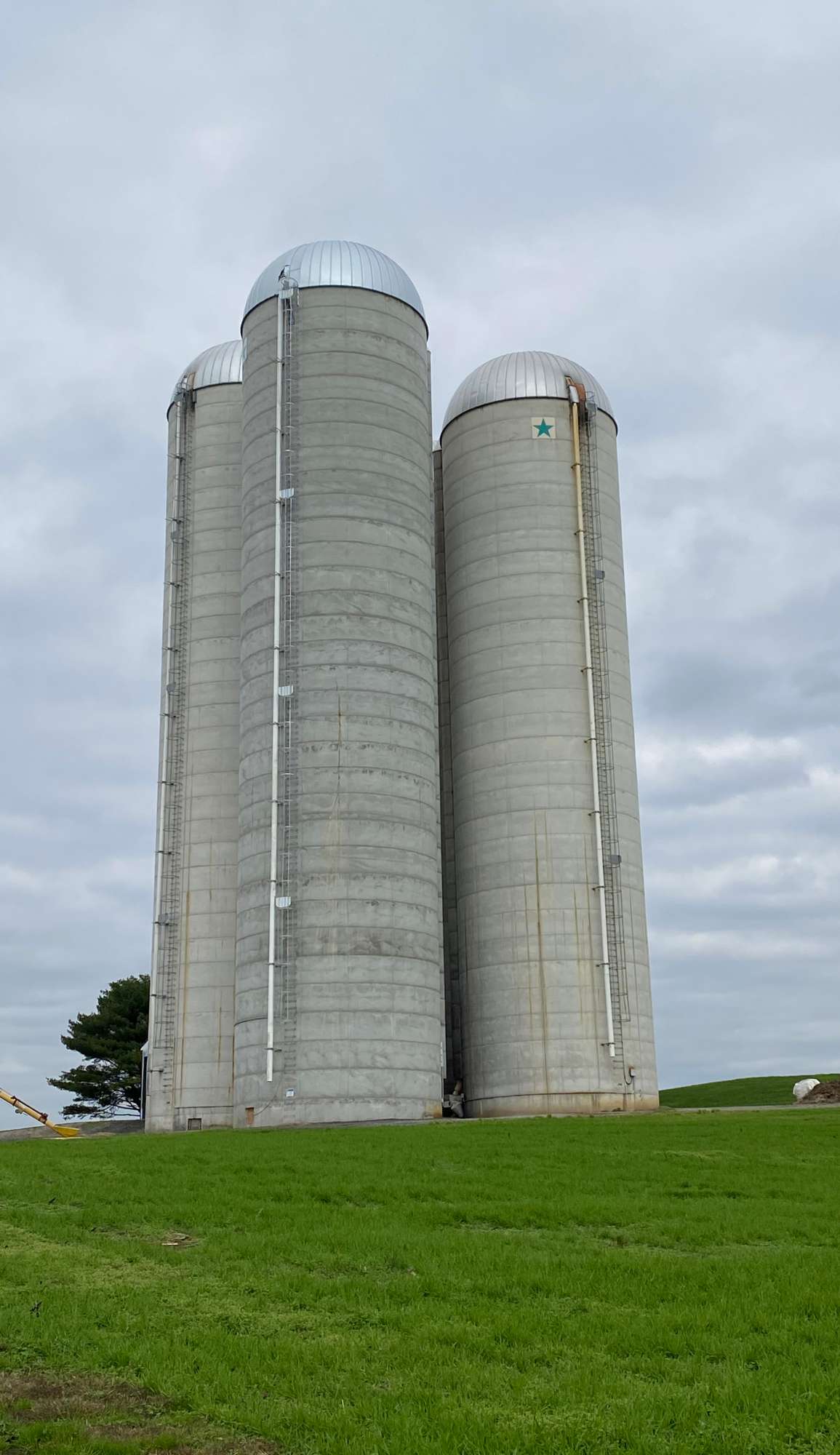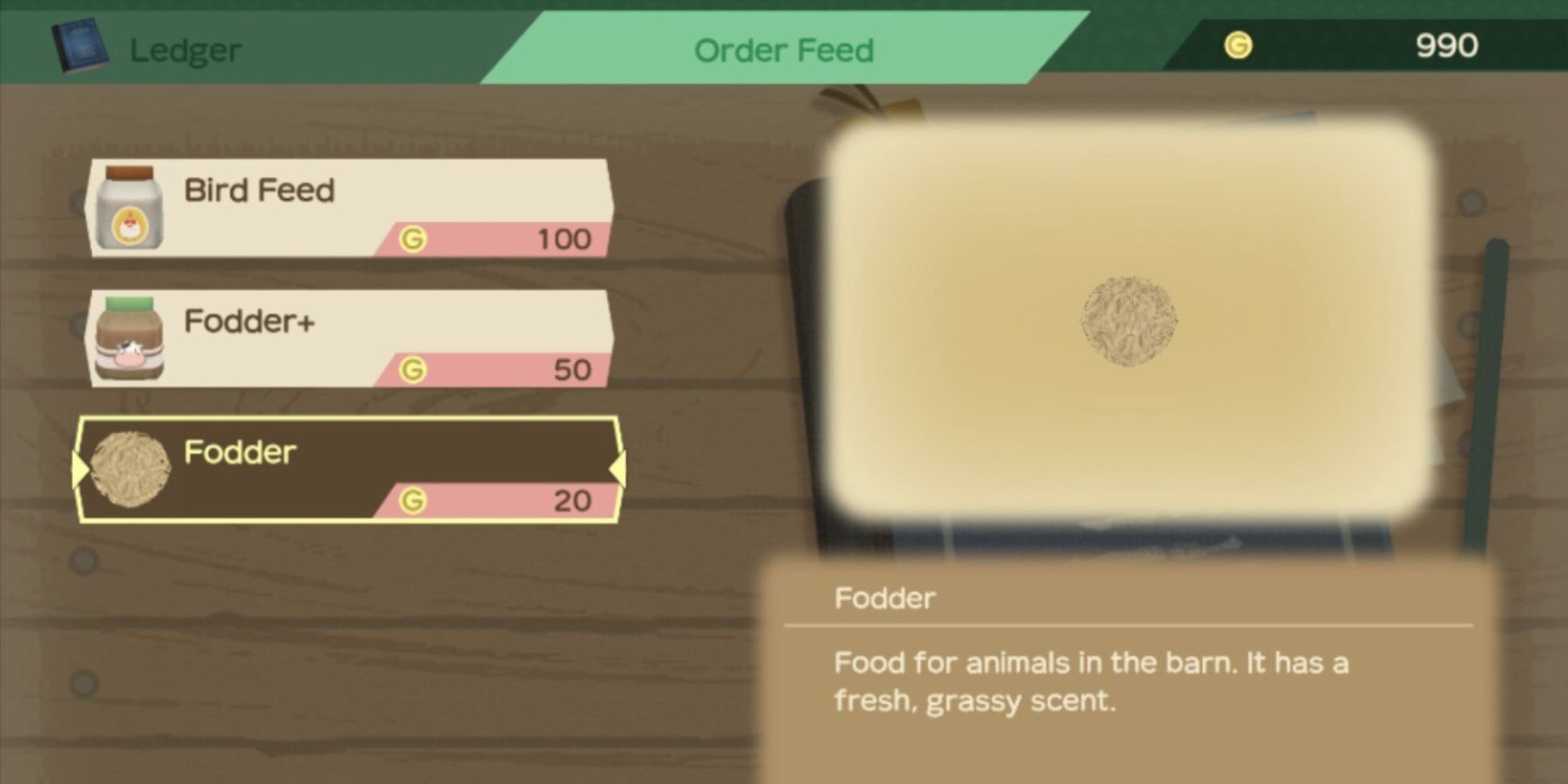

View Gallery: Silos still stand as monuments to past dairy herds Harvestores changed farming The first silos were mere holes in the ground dug to preserve the entire stock of grass or corn for winter cattle feed. Then came bigger rectangular holes called trench silos, followed by the short, upright structures made of wooden boards fitted together (staves) or concrete and field stone. They are seldom the subject of family memories, nor did I ever hear a farmer brag about his “great silo.” To the non-farmer they appear much the same - round and tall. Then there are the upright silos that hold the all-important feed that keeps the milk flowing and the milk checks coming. True, many dairy farmers (especially older farmers who had small herds) remember cow’s names and their individual habits and idiosyncrasies.ĭairy barns are a second home for those who work with the animal care routines that are repeated so often that many farmers know more about the barn than the house in which they live. But, cows come and go depending on their milk and reproduction records.Ī very few are remembered for decades via their production, show records and photos.

The deadline to sign up for shares is May 15.Dairy farmers, former dairy farmers and would-be dairy farmers will always remember the cows, the barns and the farm fields that are such a big part of Wisconsin dairying.

To learn more about The Blue Silo CSA program you can visit their website at, contact them by email or text/call them at (517) 231-1708. The Blue Silo Farms also provide some produce for area businesses, including The Whistlepig BBQ in Charlotte. Their heirloom tomatoes are colorful and beautiful, Charlsie stated. New this year in your produce pack will be leeks, kohlrabi, sprouting broccoli, eggplants, and winter squash. Charlsie is a stay-at-home mom to their daughter, Landon, and works about 20 hours each week on the farm. Derek works outside the home at a full-time job and puts in up to thirty more hours on the farm. They hope to eventually expand enough so that it will be a full-time job for one of them. Last year they offered 25 shares to the public this year they hope to double that number. Weekly orders are pre-paid, pre-bagged, and ready for them to pick up (outside) and go.

“People were looking for ways to get their vegetables without having to be in a congested store and they wanted produce that is relatively “untouched” or breathed upon,” he explained. “Covid actually helped our small business,” Derek said. “We handpick the bugs off,” Charlsie said. “If you’re interested in trying something new,” Derek Sederlund said, “or want to get to know the person who grows your food, and where it actually comes from, you might enjoy the service.” “But if you are seeking vegetables fresher than you can buy from the grocery store, hand-picked right off the vine or plant, it might be for you.” “It’s not for everyone,” Charlsie Sederlund said. The farm, with its large blue silos, has been in Derek Sederlund’s family for a long time, going back to his great-grandparents. This is their third season, and their first year at the Sederlund family farm on Perkey Road. The salad mix contains more salad greens and less root vegetables. The Sederlunds offer both ten- and twenty-week subscriptions, with the option of vegetables or a salad mix package. Their Community Supported Agriculture (CSA) program at their farm, which is located about halfway between Eaton Rapids and Charlotte, makes it easy to have the freshest vegetables straight from the farm to you.Ī Community Supported Agriculture program is a seasonal produce “subscription” service that gets you fresh produce from a local farm on a weekly, scheduled basis. It would be great to have fresh salads and fresh produce on our table all summer, straight from organic garden varieties.īlue Silo Farms, owned by Derek and Charlsie Sederlund, is trying to make it easier for you to eat healthy. We’d love to garden and grow our own vegetables, but it’s can be challenging. We all want to eat healthy, but it can be difficult.


 0 kommentar(er)
0 kommentar(er)
